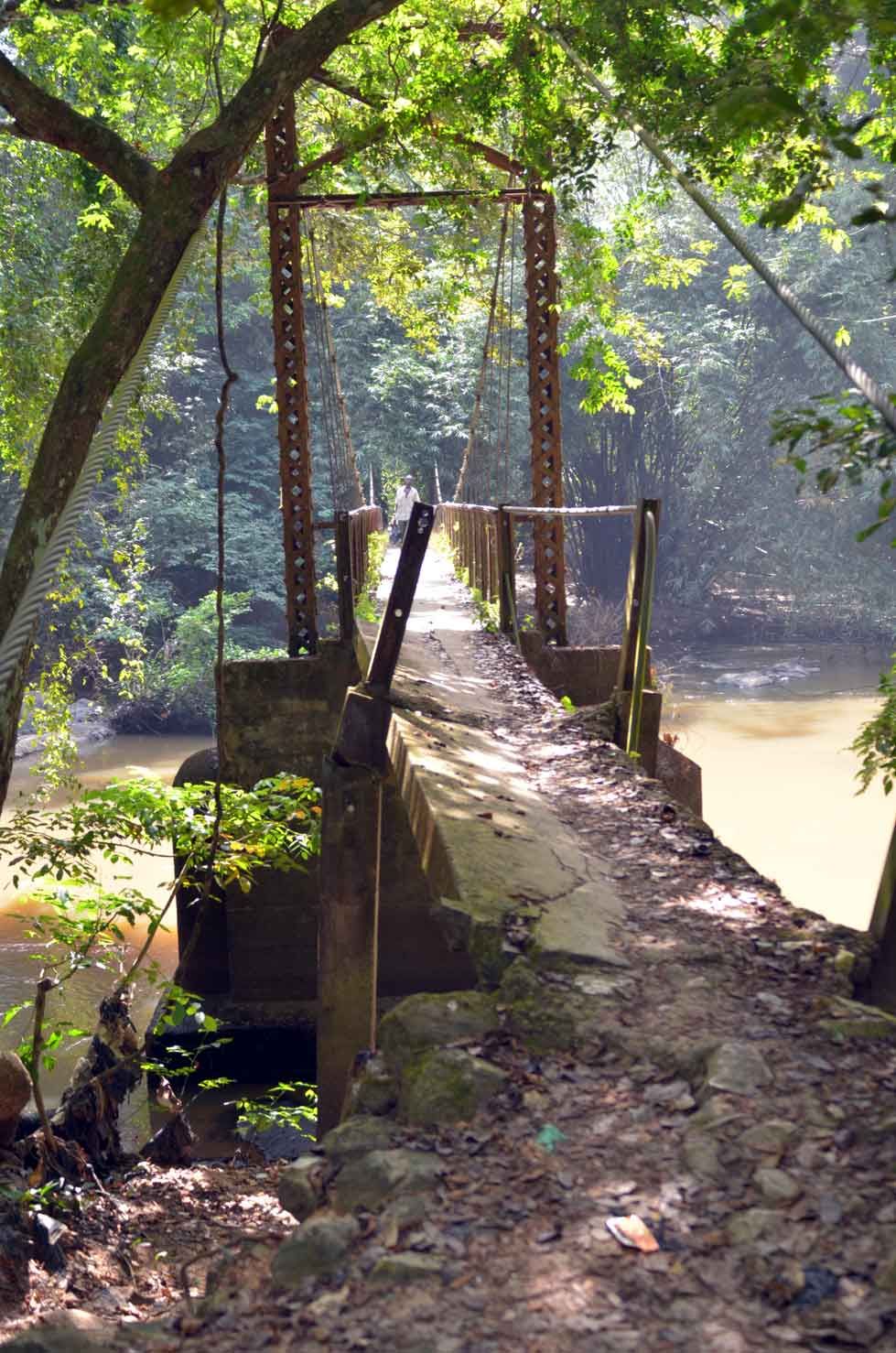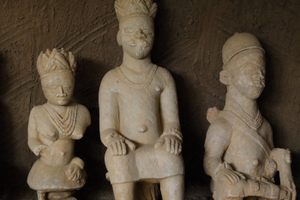About
This sacred grove of sculptures, shrines and art is dedicated to the Yoruba people's fertility goddess Osun and is considered to the last of its kind.
According to the Yoruba folklore, the deity or Orisa of fertility is called Osun. Osun had a fight with one of the wives of Sango and changed herself into the Osun River. The grove is considered sacred since the deity is still believed to live within the river. The grove was discovered by an elephant hunter during an expedition. An agreement was made between the goddess and the people that Osun would protect the people if they built a shrine for her and protect the grove. Devotees brought offerings to the goddess and women came for blessings if they were barren.
An Austrian woman by the name of Susan Wenger and several other artists saved the grove from demolition by erecting huge sculptures made of iron and mud. She married a local drummer and lived in Osun Oshogbo until her death. The Osun-Osogbo Grove was made a UNESCO World Heritage Site in 2005.
Related Tags
Know Before You Go
On the banks of the Osun River in a little village. The entry fee is $3. If you bring in a camera, there is an additional camera fee of $10. It is recommended to get a guide so you can fully understand the significance and history (negotiate with them before, pay roughly $2). Be aware that there are often cleansing rituals in the river and therefore no photographs when that is going on.
Community Contributors
Added By
Published
August 23, 2011

























